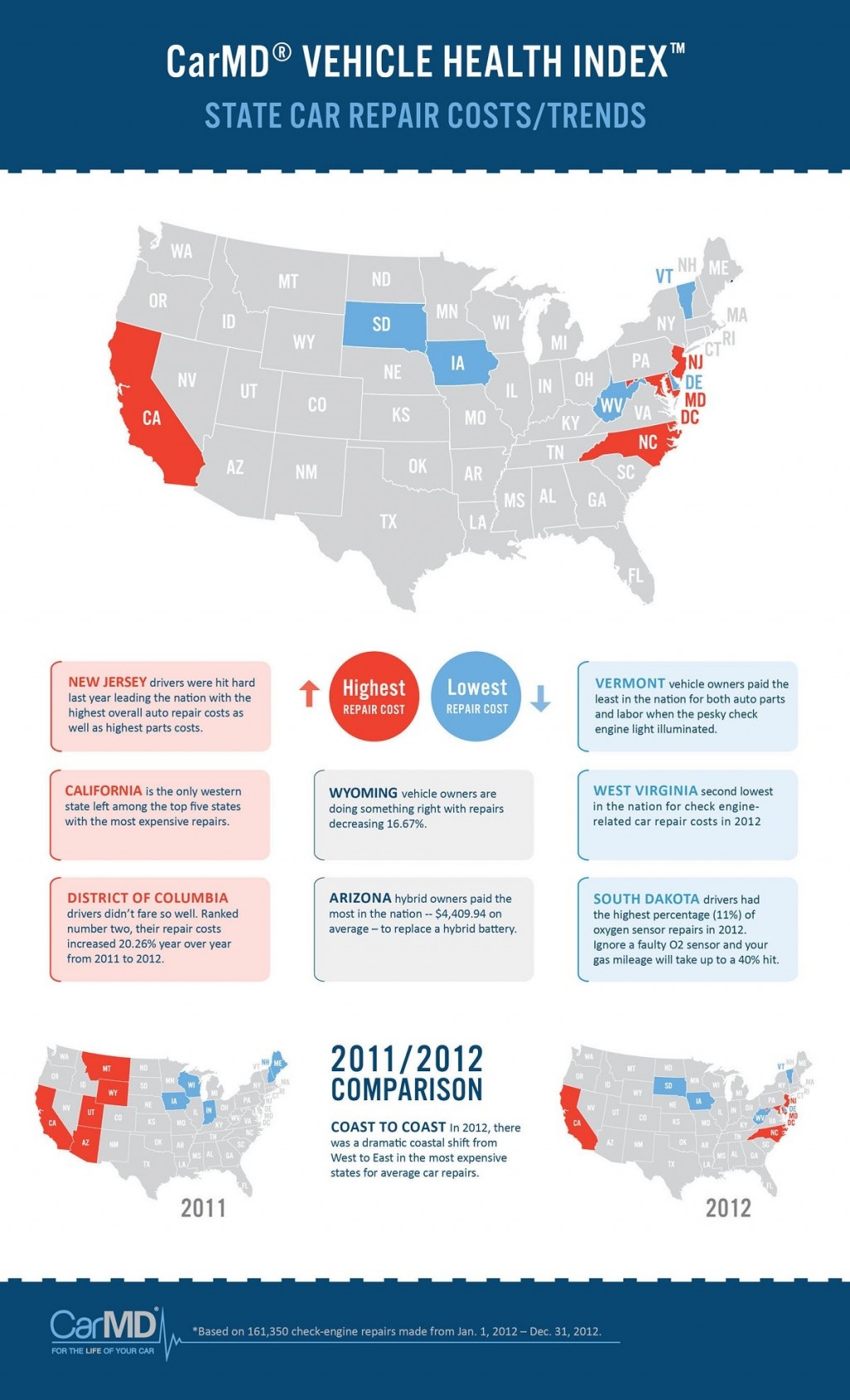Interpreting Your Vehicle'S Alert Lights: Their True Effects
Interpreting Your Vehicle'S Alert Lights: Their True Effects
Blog Article
Staff Writer-Lim Forbes
When you're behind the wheel, those radiant caution lights on your dashboard can be a bit complicated. Do you know what they're attempting to tell you concerning your car's health? Understanding the relevance of these lights is essential for your security and the durability of your automobile. So, the next time one of those lights pops up, would not you wish to analyze its message precisely and take the required actions to resolve it?
Common Warning Lights and Interpretations
Identify usual warning lights in your cars and truck and understand their definitions to make sure risk-free driving.
One of the most common warning lights include the check engine light, which indicates concerns with the engine or exhausts system. If this light begins, it's vital to have your lorry inspected without delay.
The oil pressure advising light indicates reduced oil stress, needing prompt focus to prevent engine damage.
A blinking battery light may recommend a defective charging system, potentially leaving you stranded otherwise resolved.
The tire stress monitoring system (TPMS) light informs you to low tire stress, influencing car security and fuel effectiveness. Disregarding this can lead to unsafe driving problems.
The abdominal muscle light suggests a problem with the anti-lock braking system, jeopardizing your capacity to quit quickly in emergencies.
Last but not least, the coolant temperature level alerting light warns of engine overheating, which can cause serious damage otherwise settled promptly.
Recognizing these common caution lights will aid you resolve concerns without delay and maintain secure driving conditions.
Relevance of Prompt Interest
Comprehending the usual warning lights in your car is only the initial step; the value of immediately addressing these warnings can't be stressed sufficient to ensure your safety on the road.
When a caution light brightens on your control panel, it's your vehicle's way of communicating a prospective problem that needs focus. Overlooking these cautions can bring about extra serious issues down the road, compromising your security and potentially costing you much more out of commission.
Prompt attention to alerting lights can protect against failures and mishaps. For example, a blinking check engine light might indicate a misfire that, if left neglected, might create damages to the catalytic converter. Resolving this quickly can conserve you from a pricey repair work.
Similarly, a brake system warning light might signal low brake fluid or worn brake pads, vital parts for your safety when driving.
DIY Troubleshooting Tips
If you discover a caution light on your dashboard, there are a couple of DIY troubleshooting tips you can try before seeking professional aid.
The very first step is to consult your auto's handbook to recognize what the specific caution light indicates. Occasionally car interior shampoo auckland can be as basic as a loosened gas cap triggering the check engine light. Tightening up the gas cap may resolve the issue.
Another common issue is a low battery, which can activate various warning lights. Examining car paint polish near me for rust and ensuring they're safe and secure may deal with the trouble.
If a warning light continues, you can try resetting it by separating the auto's battery for a couple of mins and after that reconnecting it. In addition, inspecting your car's liquid degrees, such as oil, coolant, and brake liquid, can help fix alerting lights related to these systems.
Final thought
To conclude, understanding your cars and truck's warning lights is crucial for keeping your car running efficiently and securely. By quickly dealing with vehicle cleaning services and knowing what they suggest, you can stay clear of costly repairs and potential break downs.
Keep in mind to consult your car's manual for specific information on each warning light and act as necessary to ensure a hassle-free driving experience.
Keep informed, remain risk-free when driving!
